Vertebral Artery Stenosis Treatment
Vertebral artery stenosis treatment. Medical treatment is usually the first choice. Both surgical and endoluminal approaches are options for treating vertebral artery pathology with the choice between the two often determined by the anatomic location of the lesion. There is no proven indication for anticoagulation in cases of VA stenosis.
Treatment of Vertebral Artery Stenosis Even in May of 2020 it is still not very clear how to treat patients with stenosis of the vertebral artery. Case series have suggested that stenting may be an effective treatment option but nonrandomized studies are subject to publication bias. The indications for VA transposition are symptomatic.
This includes cardiovascular risk factor modification. Vertebral artery VA stenosis can be treated with angioplasty andor stenting. Vertebral artery stenosis can be treated with stenting with good technical results but whether it results in improved clinical outcome is uncertain.
Case series have shown that angioplasty and stenting for proximal extracranial VA stenosis have a low perioperative complication rate and are effective in restoring luminal diameter. Endovascular treatment of vertebral artery stenosis VAS is a safe and effective technique for treating symptoms caused by posterior circulation ischemia with high technical and clinical success rates low complication rates and durable long-term results. Unlike the endovascular treatment of carotid.
Transposition Surgical of Vertebral Artery. When medical treatment fails endovascular treatment of VA stenosis with percutaneous transluminal balloon angioplasty with or without stent implantation is. Clinicians must carefully balance the risks of surgery versus the limitations of endoluminal intervention before proceeding.
Although optimum management of patients with vertebral artery stenosis is not well established in the literature treatment options fundamentally include medical surgical and endovascular therapies. Endovascular stenting with a balloon expandable device is currently the preferred treatment modality for symptomatic proximal vertebral artery stenosis but high rates of in-stent restenosis remain a major problem for which stent fracture might be a contributing factor. Variable restenosis rates have been reported in the literature with small improvements.
We aimed to compare vertebral stenting with medical treatment for symptomatic vertebral stenosis. For all patients with vertebral artery stenosis optimal medical therapy should include risk factor modifications antiplatelet and statin therapies 44.
Medical treatment is usually the first choice.
Patients received antiplatelet therapy aspirin or clopidogrel lipid lowering drugs and antihypertensive medication when necessary. Vertebral artery VA stenosis can be treated with angioplasty andor stenting. Endovascular treatment of vertebral artery stenosis VAS is a safe and effective technique for treating symptoms caused by posterior circulation ischemia with high technical and clinical success rates low complication rates and durable long-term results. We aimed to compare vertebral stenting with medical treatment for symptomatic vertebral stenosis. Management of Vertebral Artery Origin Stenosis Most posterior circulation strokes are embolic not hemodynamic. Although optimum management of patients with vertebral artery stenosis is not well established in the literature treatment options fundamentally include medical surgical and endovascular therapies. There is no proven indication for anticoagulation in cases of VA stenosis. Primary treatment of stenosis of VA involves medical management in combination with a reduction of risk factors. When medical treatment fails endovascular treatment of VA stenosis with percutaneous transluminal balloon angioplasty with or without stent implantation is.
Vertebral Artery Stenosis Endovascular Therapy of Extracranial and Intracranial Occlusive Disease. Patients received antiplatelet therapy aspirin or clopidogrel lipid lowering drugs and antihypertensive medication when necessary. Although optimum management of patients with vertebral artery stenosis is not well established in the literature treatment options fundamentally include medical surgical and endovascular therapies. Medical treatment is usually the first choice. In patients who have. We aimed to compare vertebral stenting with medical treatment for symptomatic vertebral stenosis. Endovascular stenting with a balloon expandable device is currently the preferred treatment modality for symptomatic proximal vertebral artery stenosis but high rates of in-stent restenosis remain a major problem for which stent fracture might be a contributing factor.





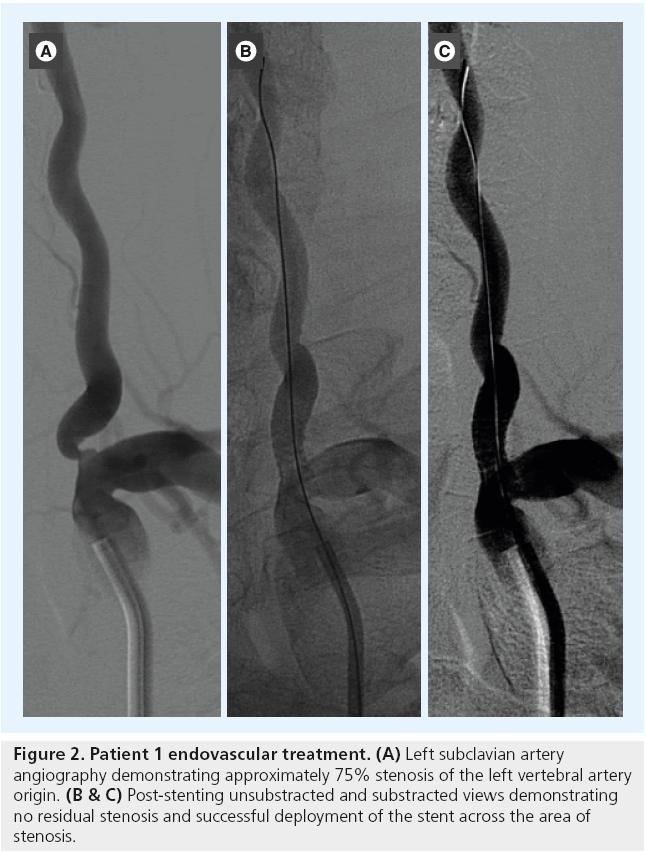


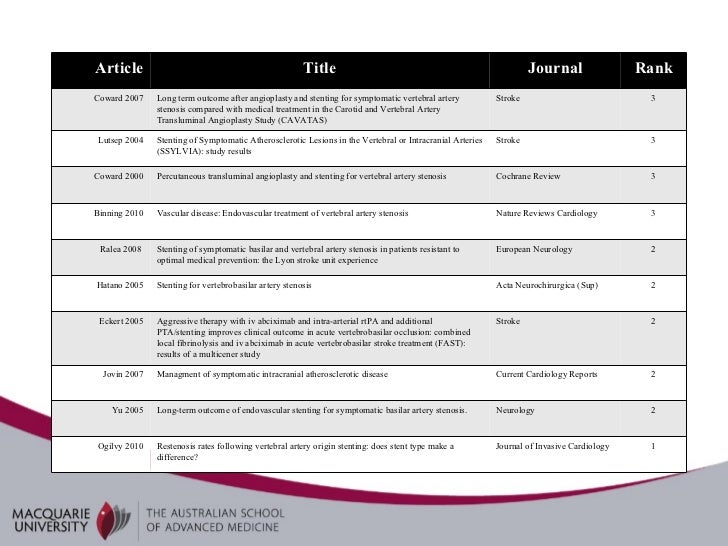
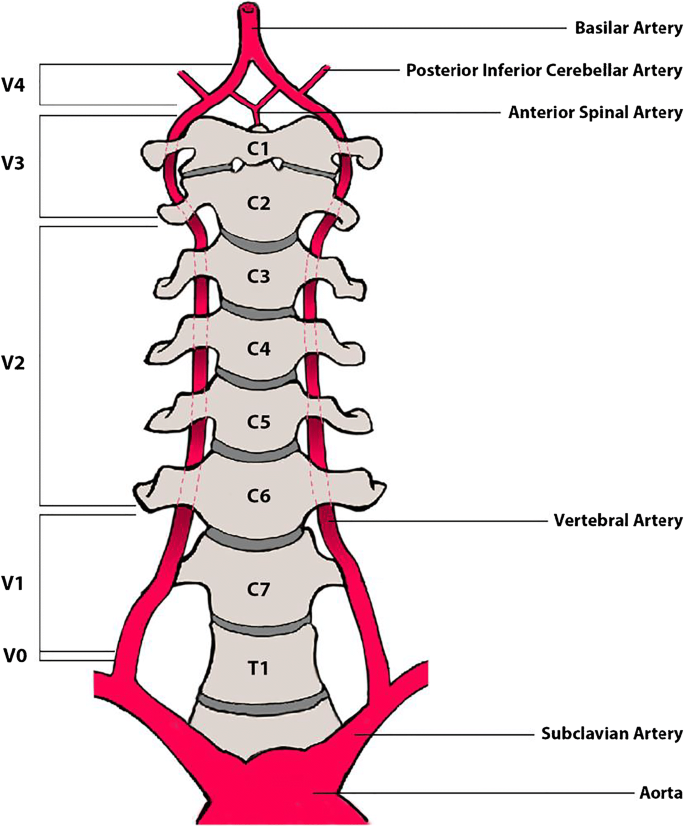

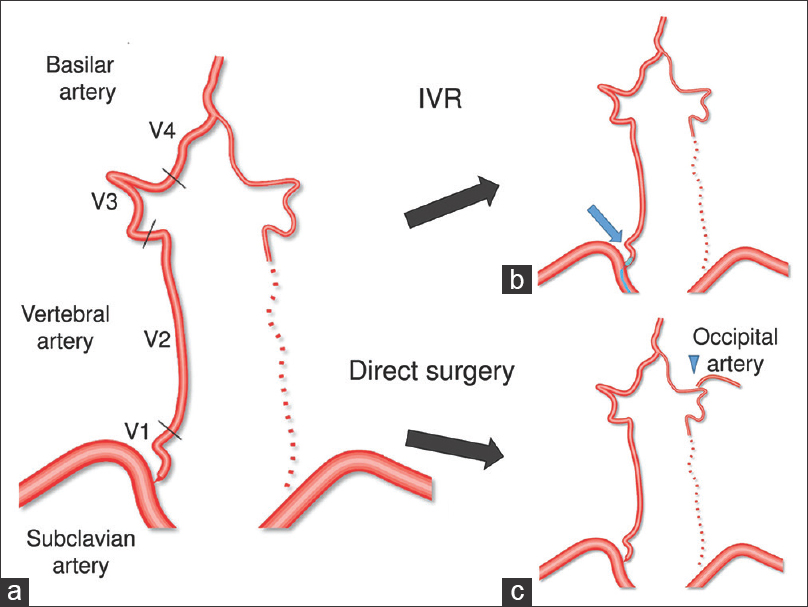






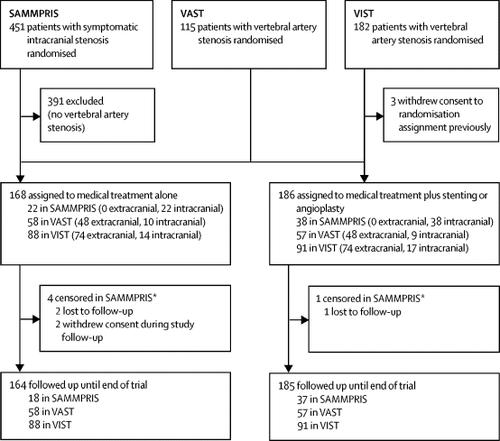

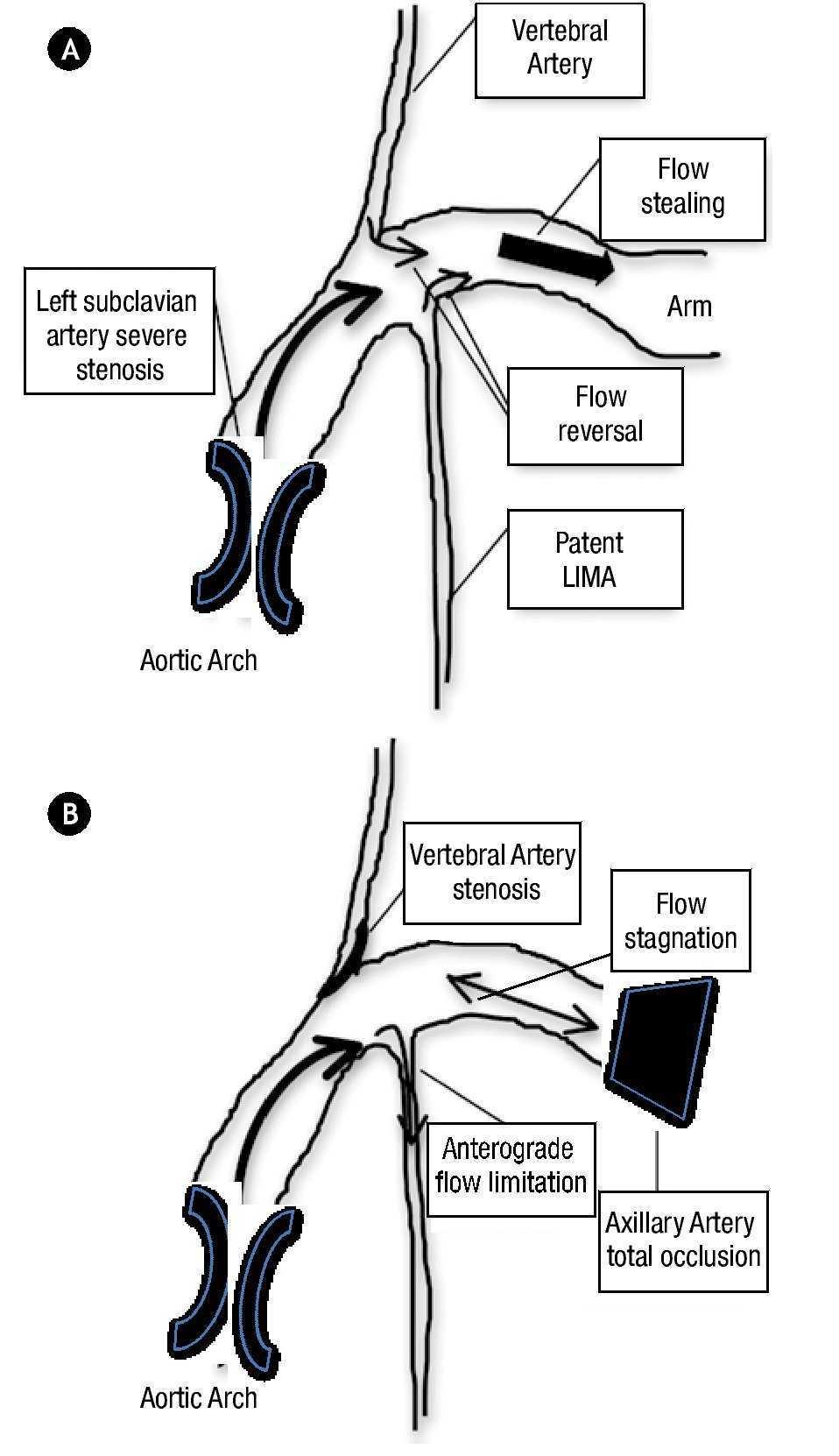






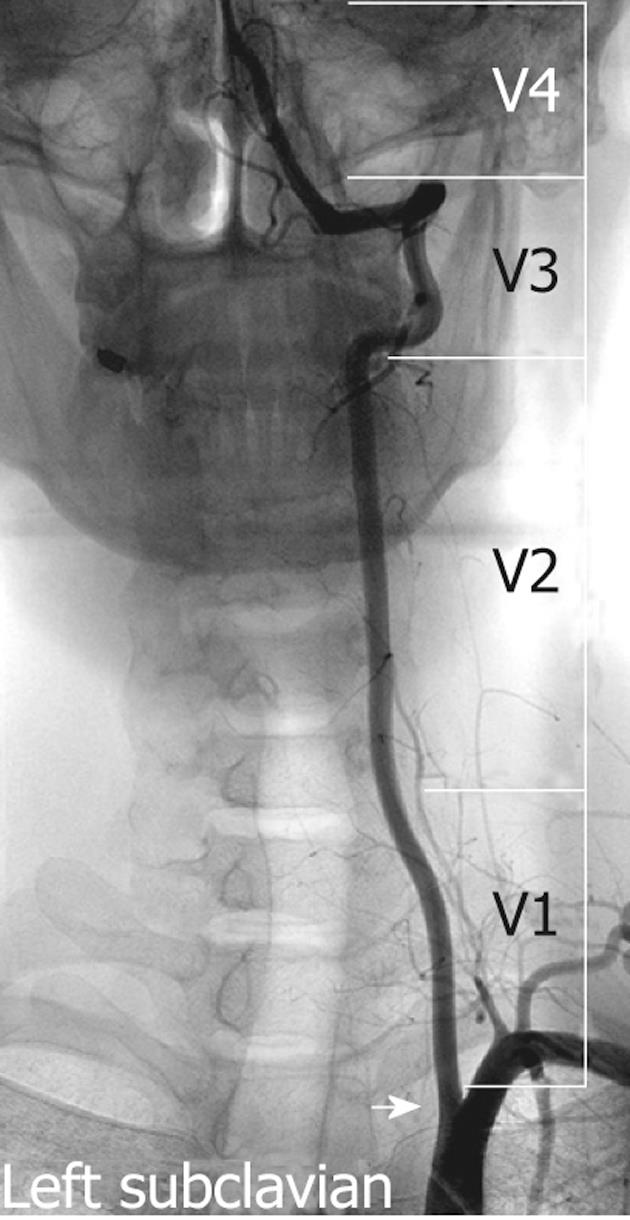







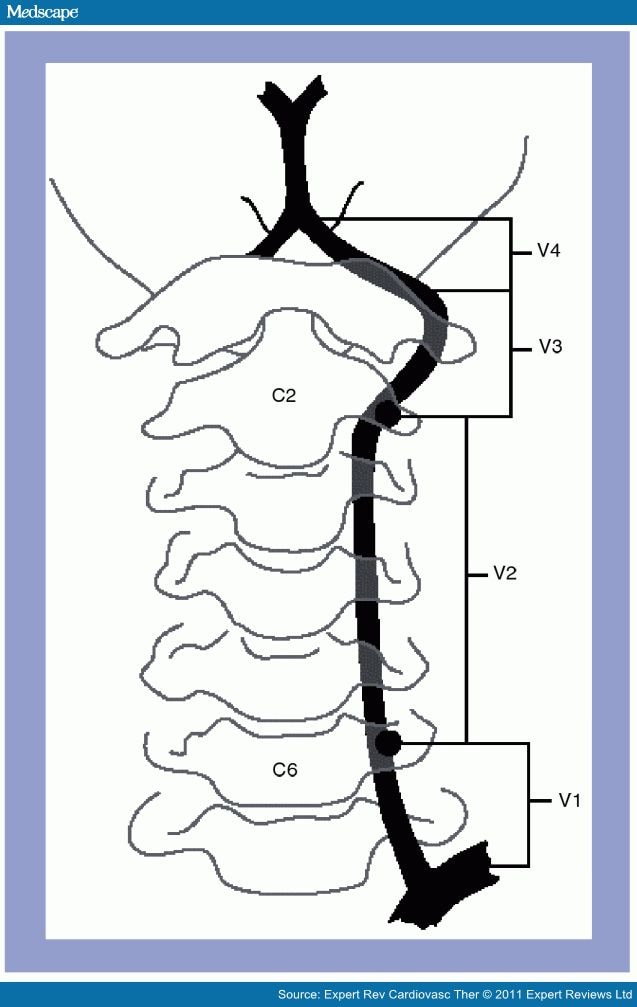

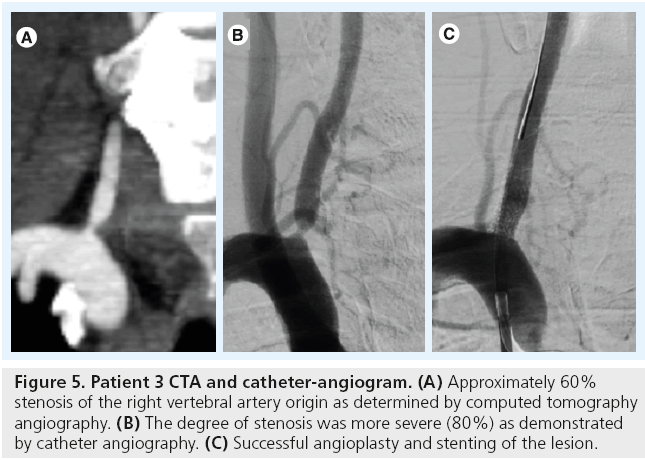





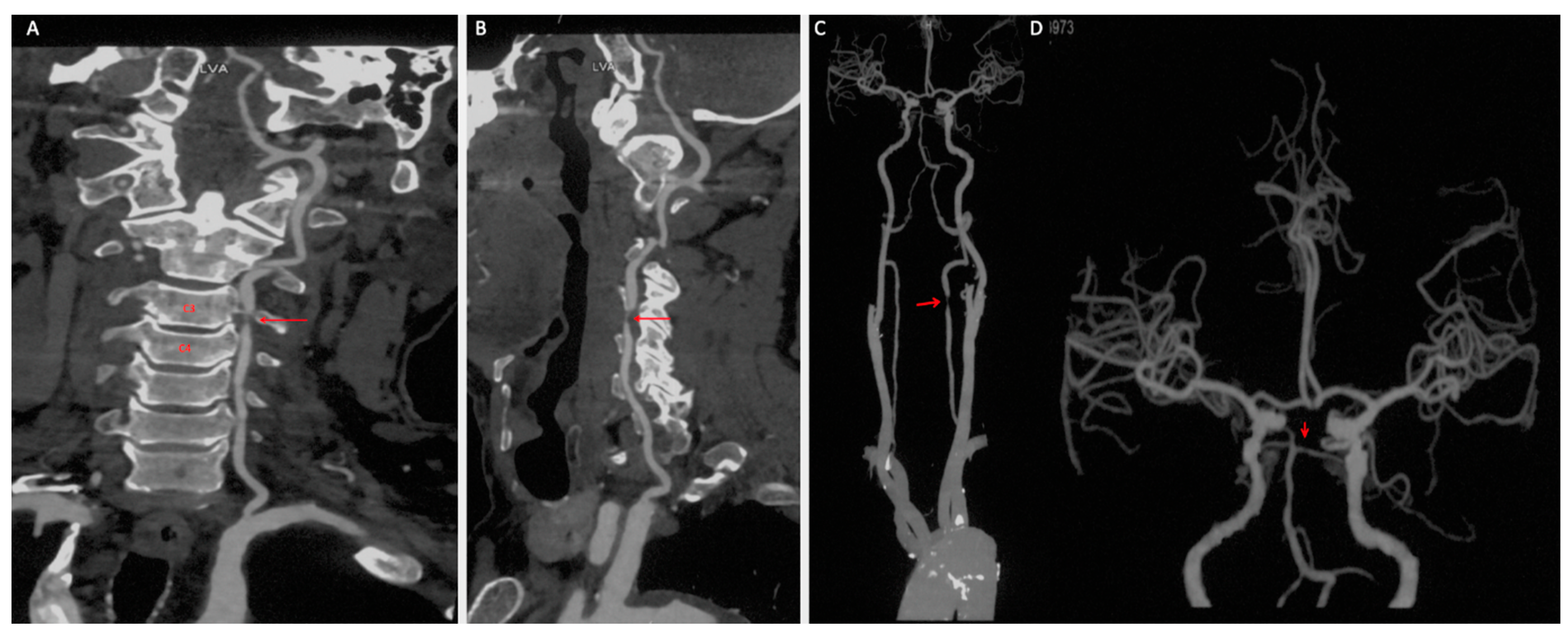



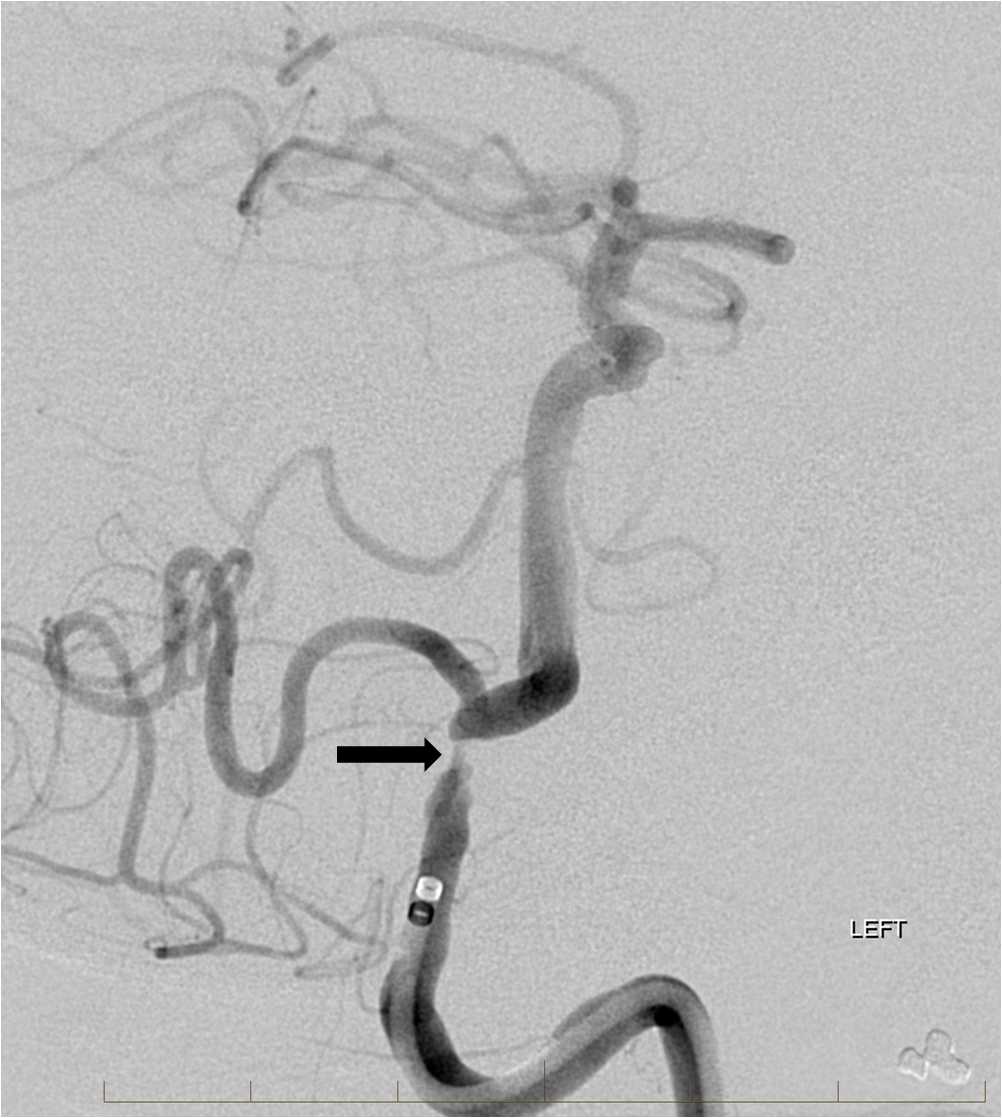
Post a Comment for "Vertebral Artery Stenosis Treatment"